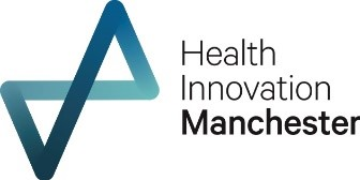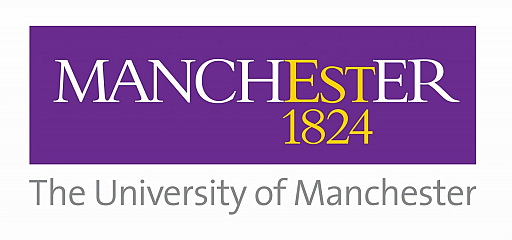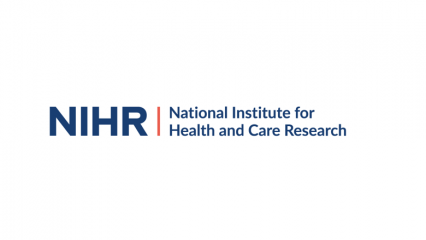New study addresses early breast cancer detection in high risk young women
A new clinical study, designed to assess whether breast density can be accurately determined in young women using low dose mammograms, is launched this month by NIHR Manchester BRC Cancer Prevention and Early Detection theme researchers.
Each year more than 10,000 UK women are diagnosed with breast cancer before screening age (which is 50+) and more than 2,000 die from their disease. This makes breast cancer the most common cause of death in young women, with the rate rising rapidly through their 30s and 40s.
The 12 month study, at Wythenshawe Hospital, aims to develop a technique which will identify young women, aged 30 – 45, at increased risk of breast cancer. A low dose mammogram (10% of normal levels) will be used to record breast density, a known indicator of breast cancer risk. The research will also develop a computer algorithm to analyse automatically breast density levels in these low dose mammograms, rather than relying on x-ray specialists.
Six hundred women, in the relevant age bracket, who have had a previous breast cancer diagnosis, are being recruited to the trial which is being led by a team from The University of Manchester, Chief Investigator, Dr Sacha Howell, and Co-Investigators, Dr Susan Astley and Dr Anthony Maxwell. They are all key researchers in the Cancer PED theme.
The research takes place when participants attend for their scheduled, annual mammogram at the Nightingale and Genesis Prevention Centre, Wythenshawe Hospital.
“Mammograms are not recommended as a regular screening tool for women under 40. Currently, the only method of detecting an increased breast cancer risk for this group is through family history”
said Sacha Howell, Senior Clinical Lecturer and Honorary Consultant in Medical Oncology.
However 4 out of 5 younger women, who develop breast cancer, have no family history and, consequently, aren’t known to be at increased risk. Diagnosis comes as a complete surprise.
“This study will enable us to develop a breast cancer risk assessment programme for this age group, while minimising the concerns associated with mammography through this low dose approach.”
“Women with a large amount of glandular tissue, relative to fatty issue, have an increased risk of developing breast cancer” added Sacha Howell. “This glandular tissue shows as white areas on a mammogram and is called breast density. Through artificial intelligence we know how expert radiologists assess breast density and will use this deep machine learning to automatically measure density from low dose mammograms. This will enable safe, reliable risk assessment for women within this population.”
The new breast density measurement method will be used on scans from 400 of the clinical trial participants and then tested in a validation set of the other 200.
The research titled, ‘Automated low dose risk assessment mammography (ALDRAM)’, is part of the Cancer PED programme looking at developing and improving models for risk stratification.
Once the research is validated, there is a longer term plan to launch a pilot breast cancer risk assessment programme with 2000, 30 – 45 year old women in Manchester, which along with breast density, will also take into account the second main factor in breast cancer risk, an individual’s genetic make-up.
The ALDRAM study is funded by the Medical Research Council.




